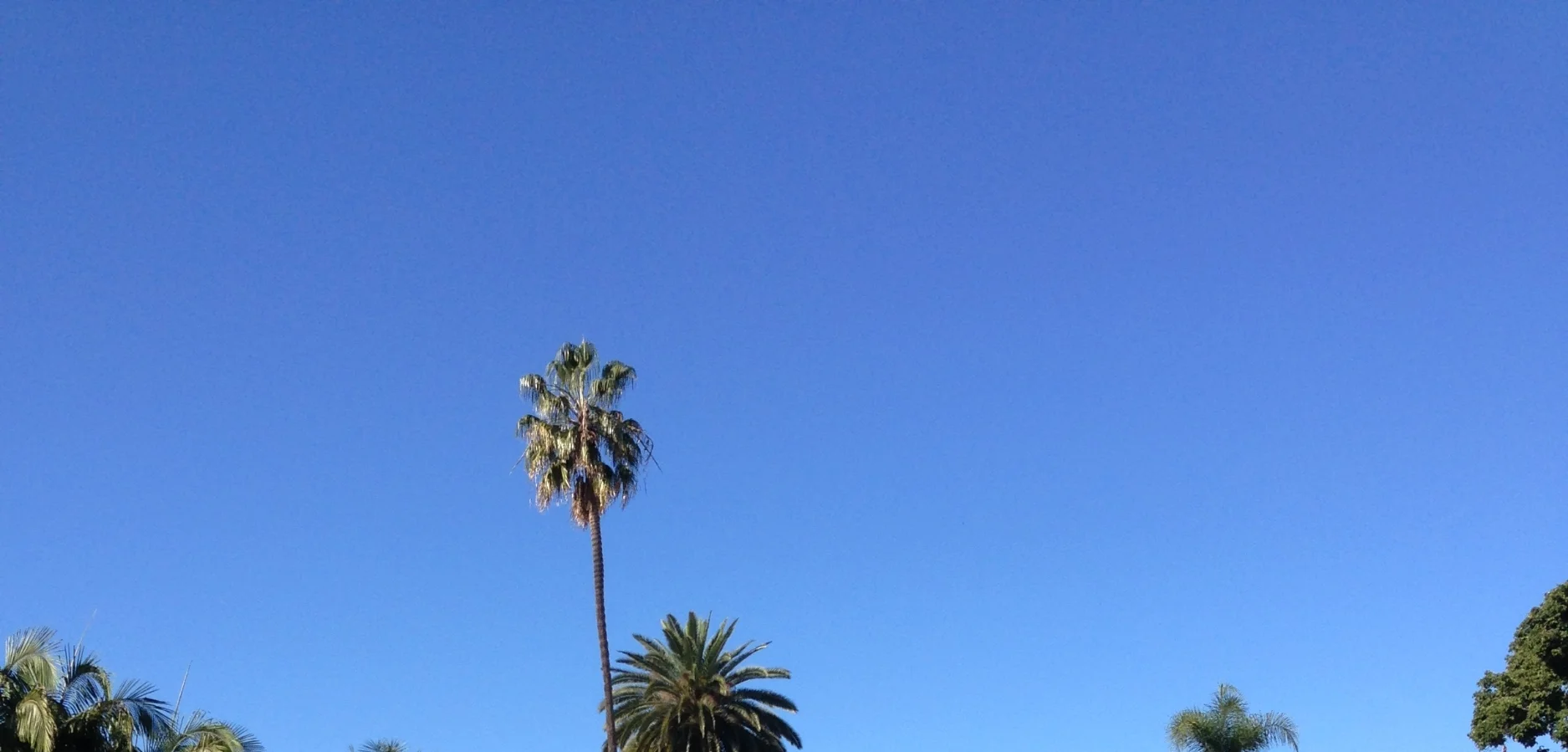A Twitter presence is getting harder and harder to manage. Charlie O’Donnell’s “how to manage a professional network online” podcast on BlogTalkRadio gives some interesting guidance in this area for those starting out. I know Charlie limits himself to following 250 people, but it’s not uncommon for superstars on Twitter to be following thousands. I don’t know what the number should be, but following 210 people feels very different from when I was following 50. Why is that?
Twitter is an attention aggregator. The best conversations on Twitter take place in close to real time, and evolve FAST. Taking advantage of mobile web or SMS updates to tweet from an event or while away from a computer adds a lot to the experience. My RSS reading dropped dramatically once I started using Twitter, because I was getting MORE of the folks whose blogs I read: more of their thought process, their likes and dislikes, a bit of their lives…and attention from them. If Twitter is a network of status messages, its biggest achievement may be to confer status (or as Nate Westheimer put it, the paypal of social capital). Attention is an input for distributing social capital.
But not everyone can stay on Twitter, all day every day. While we’re asleep, doing our jobs, even making eye contact with people in real life, living life, we are usually interacting with the world without writing it down. We get value from Twitter when we pay attention TO it, and everyone pays a little different amount. Twitter's effects are normally distributed, too. There is some minority of people it hurts, a great many who get little to moderate value, and some other minority who get supercharged about it. Twitter changed how I view a lot of events, connected me more closely to co-workers, and made it clear that instantaneous responses from marketers could have an impact on brand reputation.
My next post on this topic will discuss how the necessity of filtering affects social network and community growth.
